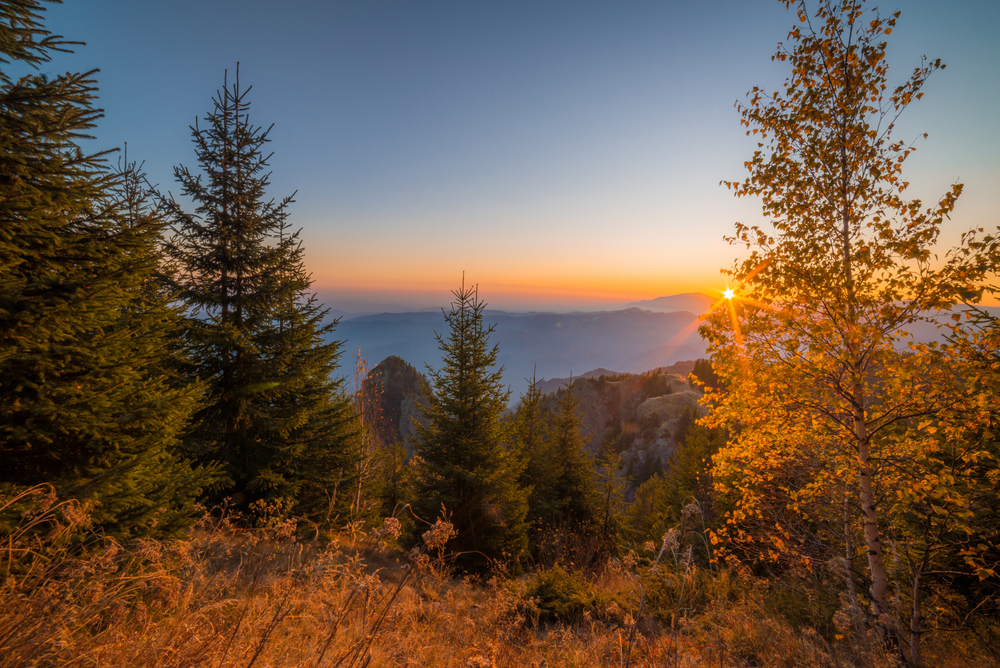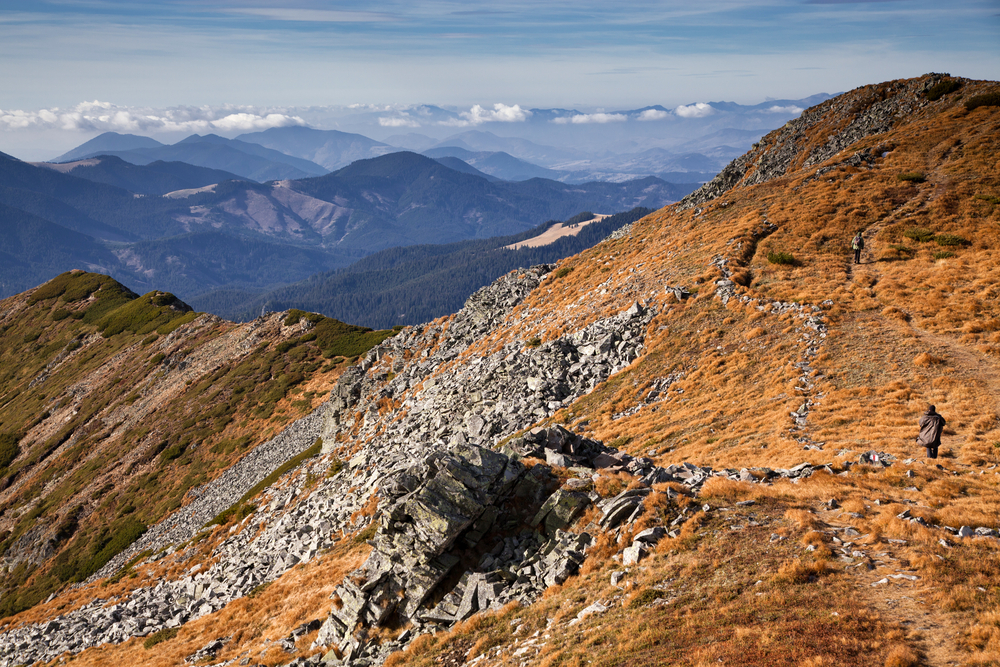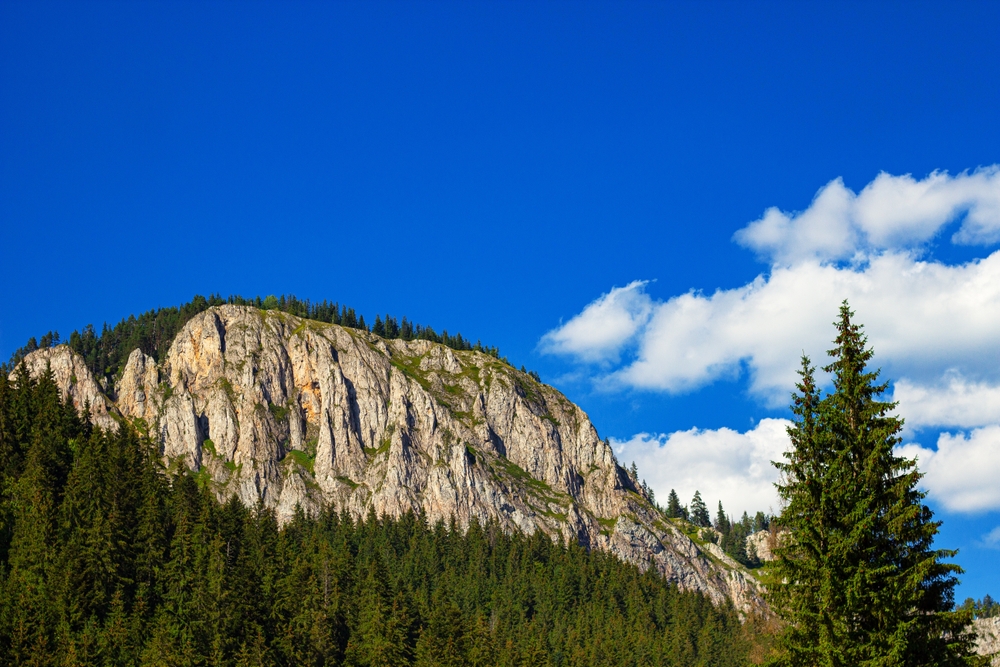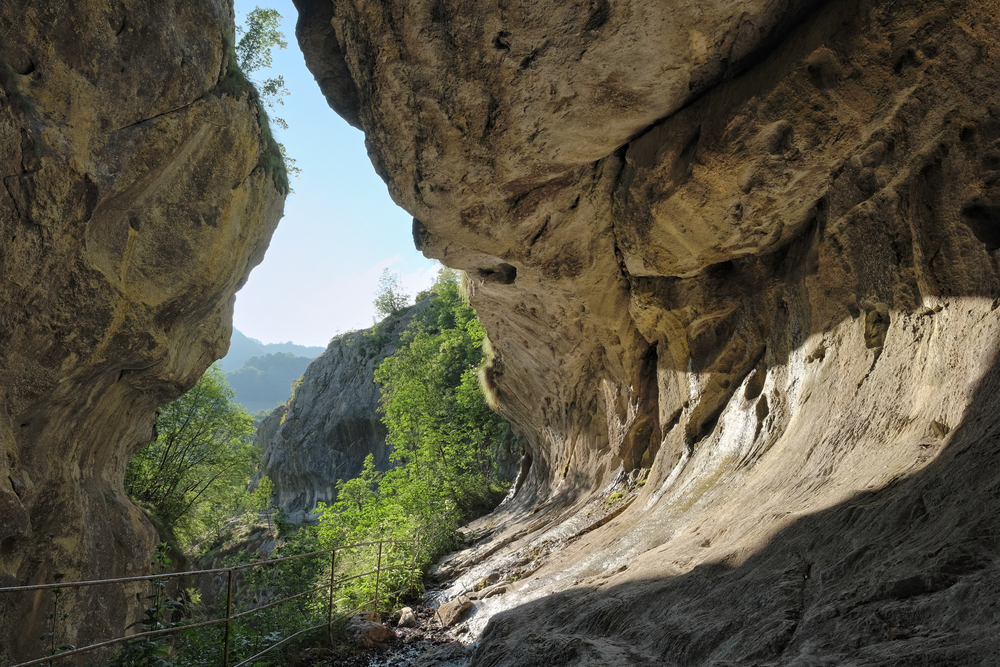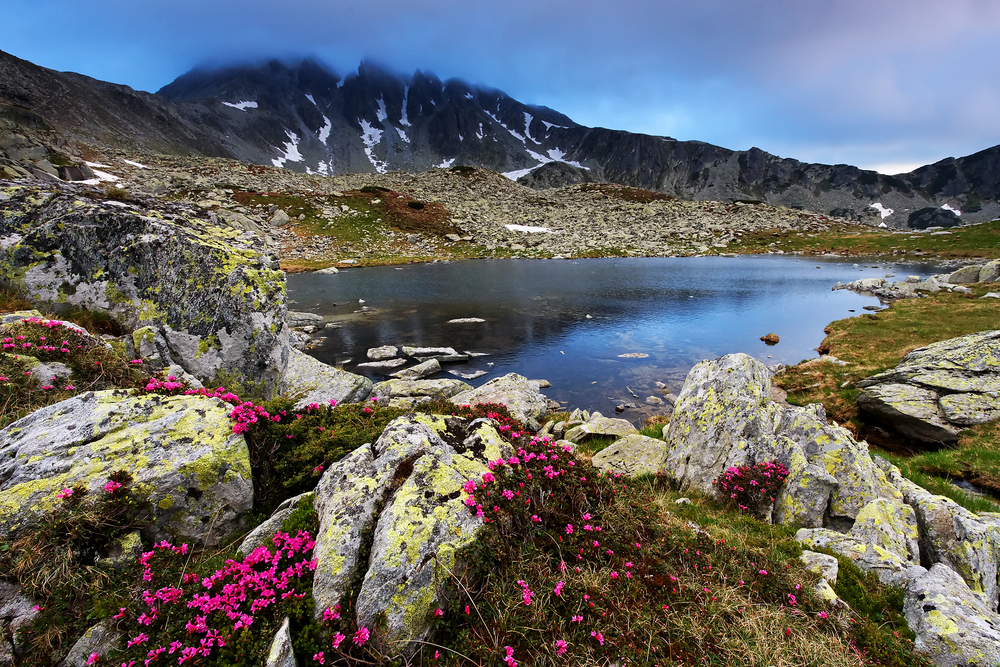Cozia Overview
Cozia National Park, known as Parcul Național Cozia in Romanian, is a protected area in central Romania, covering approximately 66 square miles (171 square kilometers).
Nestled within the Southern Carpathians, specifically in the Cozia Massif, this national park is located in Vâlcea County, near the Olt River Valley. It is renowned for its rugged mountain landscapes, deep gorges, and dense forests, offering breathtaking natural scenery.
The park’s highest point is Cozia Peak, which rises to an elevation of 5,233 feet (1,595 meters), providing panoramic views of the surrounding region. The park’s terrain is characterized by steep cliffs, limestone formations, and karst landscapes, with numerous caves and rock shelters. The Olt River, one of Romania’s most important waterways, runs along the park’s western boundary, contributing to the region’s dramatic scenery.
The vegetation varies significantly with elevation, featuring mixed deciduous forests of oak and beech at lower levels and coniferous forests of spruce and fir at higher altitudes. Unique flora includes the endemic Cozia bellflower (Campanula coziae) and numerous medicinal plants.
Cozia National Park is home to a diverse range of wildlife, making it an excellent destination for nature enthusiasts. Large mammals such as brown bears, gray wolves, lynxes, and red deer roam the forests, while smaller species like wild boars, foxes, and badgers are also common.
The park is an important habitat for bird species, with golden eagles, Eurasian eagle-owls, and black woodpeckers frequently spotted. The rocky cliffs provide ideal nesting grounds for birds of prey, while the Olt River and its tributaries attract aquatic bird species. Reptiles and amphibians, including the European green lizard and fire salamander, can be found in the park’s humid areas.
A significant attraction within Cozia National Park is Cozia Monastery, a historic 14th-century Orthodox monastery built during the reign of Mircea the Elder. The monastery, with its intricate frescoes and architectural beauty, stands as a cultural and historical landmark within the park. The park’s natural hot springs, such as those found in Călimănești, are another popular feature, offering relaxation and therapeutic benefits.
Hiking is the primary way to explore the park, with well-marked trails leading to key sights such as Cozia Peak, Turnu Monastery, and the scenic Stan’s Valley. Some routes follow the ancient Roman roads that once traversed the region, adding a historical dimension to the experience. Visitors can also engage in wildlife observation, photography, and rock climbing, particularly in areas with dramatic limestone formations.
Cozia National Park faces conservation challenges related to deforestation, human encroachment, and illegal hunting. However, efforts have been made to preserve its rich biodiversity through strict regulations, habitat restoration projects, and environmental education programs.
The park benefits from Romania’s inclusion in the European Union’s Natura 2000 network, ensuring legal protection for its ecosystems. Sustainable tourism initiatives, including eco-friendly accommodations and guided educational tours, have helped balance conservation with visitor engagement, making Cozia National Park a well-managed and treasured natural reserve.








































































